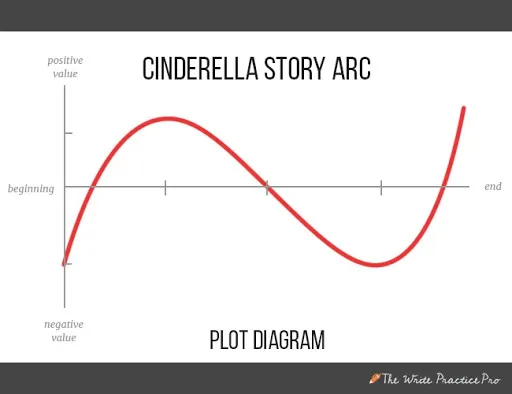
Present your design
Using the method below you will be able to build a story around your design for a big presentation.
As designers, we know soft skills are very important and it becomes even more important when you have to present your solutions, ideas or designs to different stakeholders and convey why your solution is better.
In order to effectively convey your ideas you need to have three things:
- Audience
- Core principle
- Crafting your story
If you are already clear on the audience and aware of your design principle then you can jump to crafting a story
Audience
Are there going to be people from leadership? or are there going to be people from your design team? Is it a mix of people across your product team?
To tell a story effectively you need to know your audience, in your case the audience could be your internal stakeholders or it could be a client/external stakeholder to whom you have to present your ideas. In any case, it's important to know what your audience wants to see.
Step 1: Make a list of all the people involved
There is not much here, just make sure you know everyone's name and role :)
Step 2: What matters most to them
Not just specific to design but metrics that matter to them, goals that they might be working towards or basically anything they are trying to make progress towards.
This will help you craft the right storyline which doesn't just talk about design but also what matters to your audience. This will help you keep their attention throughout the presentation.
Step 3: What would they react positively towards (optional):
This could be anything like memes or photos of cats, etc. The goal here is to know what they like to see and incorporate it into your presentation and talking style.
Once you’re ready with this, you can jump to the next step!
How to identify (or come up with) a core principle
When designing a solution, you’ve probably done some research and benchmarking to find what’s the need for the solution, what is the core job to be done, and what are some solutions that already exist.
So identifying your core principle (if you haven't already) is as simple as asking “What was the guiding force when building this solution” This could either be one of your design principles that you must’ve followed something like “fewer steps to completion”, “transparency "or “high-level visibility”
For some reason you are not able to identify it, you can use the following steps to come up with a principle.
Idea 1: Are you similar to competitors?
If the solution is similar to your competitor then just use the guiding principle of “Familiarity”.
If your solution is novel then why is it novel? That becomes your guiding principle.
Idea 2: Turn your JTBD into a principle
If you have written down the JTBD then you can use the emotional and social aspects of the job you are trying to solve to a principle like “Fear of missing out”

Crafting a story
Stories follow different types of patterns which are called story arcs, so we can use one of these story arcs that is simple and can be directly applied in our case to make a compelling presentation.
The only thing you need to know about the story arc is that you start from “the bottom” which is the problem and then you end up at “the top”
Rags to Riches
We will go learn how to set up this arc as it is the simplest and get you started quickly.
To set up this arc you need:
- Clear problem statement
- Research methodology & findings that lead to a solution
- Explain the ideal
- Key interventions

Step 1: Scary problem
- You need to clearly state what is the problem that you are trying to solve.
- Make sure to start with how you discovered the issue and highlight the metrics that are impacted.
- This has to sound painful.
Step 2: Setting up the findings
- Once you have gone through what is causing the pain, you need to talk about the research you conducted to find details on what’s causing the pain.
- Like a doctor, you need to take your audience through your diagnosis and talk about the root cause of the pain (problem).
- This will build the base of your story with facts which will help in explaining why the situation is really bad and needs to be fixed.
Step 3: Explain the ideal
- In this step, you need to talk about what the ideal solution looks like. This doesn't have to be what your competitors are doing but what would be an ideal experience.
- You can use the 11-Star experience AirBnB experience to come up with what the best experience would be for your user
- This will help you set a north star to compare your design and your competitors
Step 4: Key Interventions
After explaining what is possible take them through your designs and talk about how your solution works and why you think it is the correct solution.
Make sure to:
- Draw correlations between your insights and your solutions
- Talk about how your solution aligns with the ideal experience
- Keep it short to 4-5 Key highlights
Conclusion
This should ensure that you have a correct plot to build out a compelling story but make sure to ask questions in the end so that the flow is not broken and hopefully pack all of this into 15 minutes so people don’t zone out.

